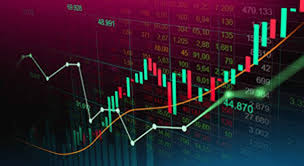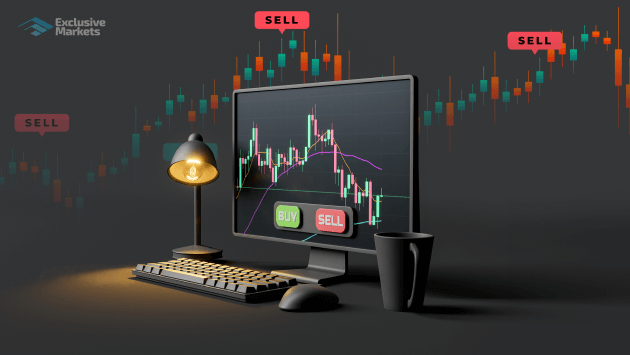
Forex Trading Framework: Professional Guidelines
In the rapidly evolving world of Forex trading, having a solid framework is crucial for success. A well-structured trading framework not only guides traders but also serves as a foundation for making informed decisions, minimizing risks, and maximizing profits. This guide will present essential professional guidelines to help you build a robust Forex trading framework. For more insights and tools, visit forex trading framework professional guidelines forex-level.com.
Understanding the Forex Market
The Forex market, often referred to as the currency market, is the largest and most liquid financial market in the world. It operates 24 hours a day, five days a week, allowing traders to buy, sell, and exchange currencies. Understanding the dynamics of this market is fundamental for developing a successful trading framework. Here are some key aspects to consider:
- Market Participants: Familiarize yourself with different types of market participants, including retail traders, institutional investors, banks, and governments, and how their actions impact currency movements.
- Currency Pairs: Learn about the major, minor, and exotic currency pairs. Understand how they are quoted and the factors influencing their price movements.
- Market Hours: Recognize the significance of trading hours and how they impact liquidity and volatility in the market.
Setting Clear Trading Goals
Before entering the Forex market, it’s important to set clear trading goals. Your objectives will guide your trading strategy and influence your decision-making process. Consider the following questions:
- What is your desired profit level?
- How much risk are you willing to take?
- What is your preferred trading style (day trading, swing trading, scalping, etc.)?

Having well-defined goals will help you stay focused and disciplined throughout your trading journey.
Developing a Comprehensive Trading Plan
A trading plan is an essential component of your Forex trading framework. It should outline your strategy, including entry and exit points, risk management rules, and performance evaluation criteria. Here are the key elements to include:
- Market Analysis: Determine whether you will use technical or fundamental analysis (or a combination of both) to inform your trading decisions.
- Entry & Exit Strategies: Define your criteria for entering and exiting trades, including the indicators or signals you will rely on.
- Risk Management: Establish your risk tolerance and implement measures to protect your trading capital, such as setting stop-loss orders and limiting position sizes.
Risk Management Techniques
Effective risk management is crucial to long-term success in Forex trading. Here are some techniques to consider:
- Position Sizing: Calibrate the size of your trades based on your account balance and risk tolerance. A common rule is to risk no more than 1-2% of your trading capital on a single trade.
- Stop-Loss Orders: Always use stop-loss orders to limit potential losses on each trade. Be sure to set them at a level that respects your trading strategy and market conditions.
- Risk/Reward Ratio: Aim for a favorable risk/reward ratio, ideally at least 1:2 or 1:3, to ensure that your potential rewards outweigh potential losses.
Discipline and Emotional Control
Trading can evoke strong emotions that can cloud judgment and lead to poor decision-making. To maintain discipline:

- Stick to Your Plan: Follow your trading plan consistently and avoid making impulsive decisions based on emotions or market noise.
- Keep a Trading Journal: Document your trades, emotions, and outcomes to identify patterns and areas for improvement.
- Practice Mindfulness: Develop techniques to manage stress and maintain focus, such as meditation or deep-breathing exercises.
Continuous Learning and Adaptation
The Forex market is constantly changing, and successful traders must continuously learn and adapt their strategies. Here are some ways to stay informed:
- Market News: Follow reliable financial news sources to keep track of economic indicators, central bank announcements, and geopolitical events that could impact currency prices.
- Education: Attend webinars, take courses, or read books on Forex trading to enhance your knowledge and skills.
- Backtesting: Test your strategies using historical data to assess their performance and make necessary adjustments.
Choosing the Right Trading Platform
Your choice of trading platform can significantly influence your trading experience. Look for platforms that offer:
- User-Friendly Interface: The platform should be easy to navigate, allowing you to execute trades efficiently.
- Analytical Tools: Ensure it has adequate charting tools, indicators, and analytical functions to support your trading approach.
- Security: Choose a regulated broker with a reputation for security and customer service.
Final Thoughts
Creating a professional Forex trading framework requires careful planning, disciplined execution, and ongoing education. By implementing these guidelines, you can enhance your chances of success in the competitive Forex market. Always remember that trading is a journey, and with the right mindset and tools, you can navigate the challenges and opportunities it presents.